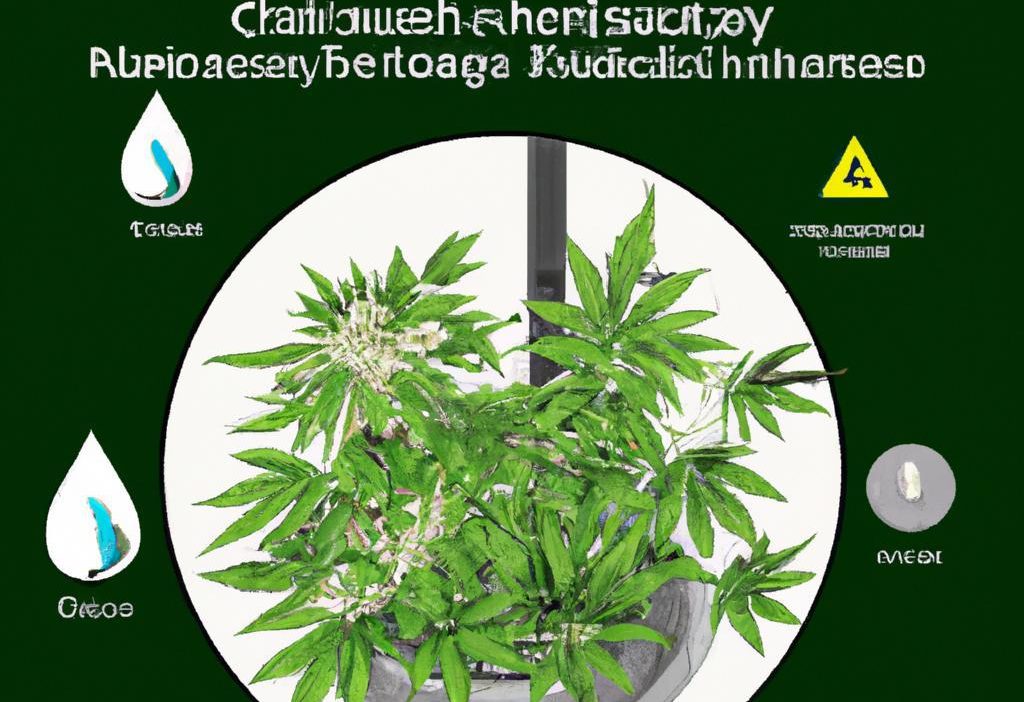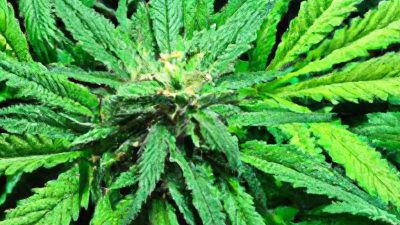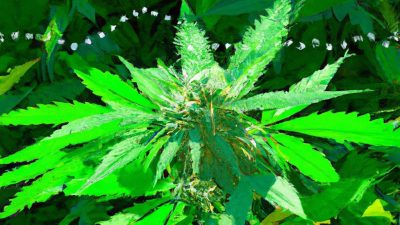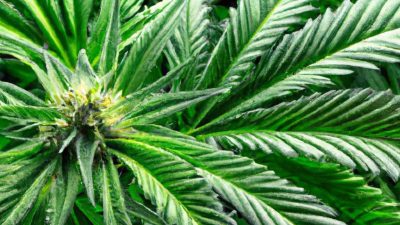
Fire Safety in Cannabis Labs: R134a vs Hydrocarbon Requirements
as the cannabis industry continues to expand rapidly, safety within cannabis processing facilities, especially during extraction, remains paramount. Fire safety in cannabis labs has become a crucial aspect when choosing the right solvents such as R134a versus hydrocarbon solvents. Understanding the fire risks adn compliance requirements associated with each can protect your facility, staff, and investment. In this comprehensive guide, we will explore the key differences in fire safety regulations, practical tips for compliance, and how these solvents impact the broader cannabis post-processing ecosystem.
Why Fire Safety matters in Cannabis Labs
The cannabis extraction process involves the use of volatile solvents to isolate cannabinoids, terpenes, and other beneficial compounds. These solvents can be highly flammable or pressurized, making fire hazards a top safety concern.
- Explosion risk: Vapors from flammable solvents can ignite, causing fires or explosions if safety protocols aren’t followed.
- Regulatory Compliance: Cannabis labs must comply with local and state fire codes, Occupational Safety and Health Governance (OSHA), and National Fire Protection Association (NFPA) standards.
- worker Safety: Protecting employees from fire hazards ensures a safe working habitat and reduces liability.
As cannabis extraction technology advances, the choice between R134a and hydrocarbon solvents influences not just extraction quality but also fire safety requirements.
R134a vs Hydrocarbon Solvents: An Overview
Both R134a and hydrocarbon solvents play important roles in cannabis extraction but have very different chemical properties and fire safety profiles.
| Aspect | R134a (1,1,1,2-Tetrafluoroethane) | Hydrocarbon Solvents (Butane, Propane) |
|---|---|---|
| Flammability | Non-flammable | Highly flammable (explosive vapors) |
| Extraction Efficiency | High butslower than hydrocarbons | Very high, fast extraction |
| Regulatory Fire Safety Requirements | Less stringent due to non-flammability | Strict NFPA and OSHA guidelines |
| Environmental Impact | Global warming potential, but no ozone depletion | Volatile organic compound (VOC) emissions |
fire Safety Requirements for Hydrocarbon Cannabis Labs
Hydrocarbon extraction remains popular due to it’s speed and efficacy, but it comes with serious fire risks. Here’s what cannabis labs using hydrocarbon solvents need to prioritize:
1. Compliance with NFPA 58 and 1
These National Fire Protection Association codes regulate the handling and storage of liquefied petroleum gases like butane and propane. Labs must have:
- Proper ventilation systems to avoid vapor build-up.
- Explosion-proof electrical fixtures.
- Fire suppression systems specific to flammable gases.
2. Certified Extraction Equipment
Using extraction machines certified for hydrocarbon solvents is mandatory.These units must be designed with pressure relief valves, grounded electrical systems, and appropriate containment to prevent leaks.
3. OSHA Hazard Communication and Training
Employees should receive comprehensive training on handling hydrocarbon solvents safely,including emergency response drills and proper storage practices.
Fire Safety Requirements for R134a Cannabis Labs
R134a is a non-flammable refrigerant gas increasingly used in cannabis extraction to minimize fire hazards. Although it reduces the risk of explosions, labs utilizing R134a must still adhere to specific safety protocols:
1. Adequate Ventilation and Leak Detection
Despite being non-flammable, R134a can displace oxygen in confined spaces, posing asphyxiation risks.Proper ventilation and continuous gas detection systems are essential.
2. Equipment Certification and Maintenance
Extraction machinery designed for R134a must be tested and maintained regularly to prevent leaks and system failures that could lead to hazardous conditions.
3. fire Suppression and Evacuation Plans
As R134a is a greenhouse gas, its release should be minimized, yet comprehensive fire safety plans including suppression measures remain critical in cannabis facilities.
Comparative Fire Safety Checklist
Here’s a fast checklist summarizing essential fire safety considerations for cannabis labs based on the solvent used:
| Safety Aspect | R134a Labs | Hydrocarbon labs |
|---|---|---|
| Flammability Hazards | Minimal | High |
| Ventilation Requirement | High (for oxygen displacement) | Very High (for vapor explosion prevention) |
| Electrical Safety | Standard industrial | Explosion-proof rated |
| Fire Suppression | Standard and CO2-based | Specialized suppression for flammable gases |
| Training Level Required | Moderate | Extensive hazardous chemical |
Benefits and Practical Tips for Fire Safety in Cannabis Extraction
- Benefit: Using R134a can significantly reduce fire insurance premiums due to lower flammability risk.
- Tip: Conduct regular fire drills and solvent leak simulations to keep your staff prepared.
- Benefit: Hydrocarbon solvents deliver higher throughput but require dedicated fire safety budget allocation.
- Tip: Ensure all electrical wiring is inspected by certified professionals annually.
- Benefit: Integrated gas detection systems improve early hazard detection for both solvent types.
- Tip: Invest in custom ventilation solutions tailored to your extraction solvent and lab layout.
Case Study: Fire Safety Success in a Hydrocarbon Cannabis Extraction Facility
GreenLeaf Labs, a prominent cannabis processor in Colorado, invested heavily in fire safety upgrades after industry-wide hydrocarbon extraction incidents. By installing explosion-proof equipment, high-capacity ventilation, and onsite emergency response teams, they reduced fire-related incidents by 90% within two years. Their example underscores why rigorous fire safety is not just regulatory compliance but a business asset.
Conclusion: Choosing Wisely to Safeguard Your Cannabis Lab
Fire safety in cannabis labs is intrinsically tied to the choice of extraction solvent.R134a, with its non-flammable properties, offers a safer alternative in many cases, though it requires attention to ventilation and leak detection. Hydrocarbon solvents, while efficient and popular, impose more rigorous fire safety requirements and demand greater investment in prevention equipment and training.
Ultimately,understanding the nuances between R134a and hydrocarbon requirements helps cannabis processors align their technology choices with fire safety best practices. Whether you opt for hydrocarbon’s speed or R134a’s reduced flammability, prioritizing fire risk reduction protects your people, your products, and your profits.
Stay informed, invest in certified equipment, and never compromise on fire safety in your cannabis lab operations.





